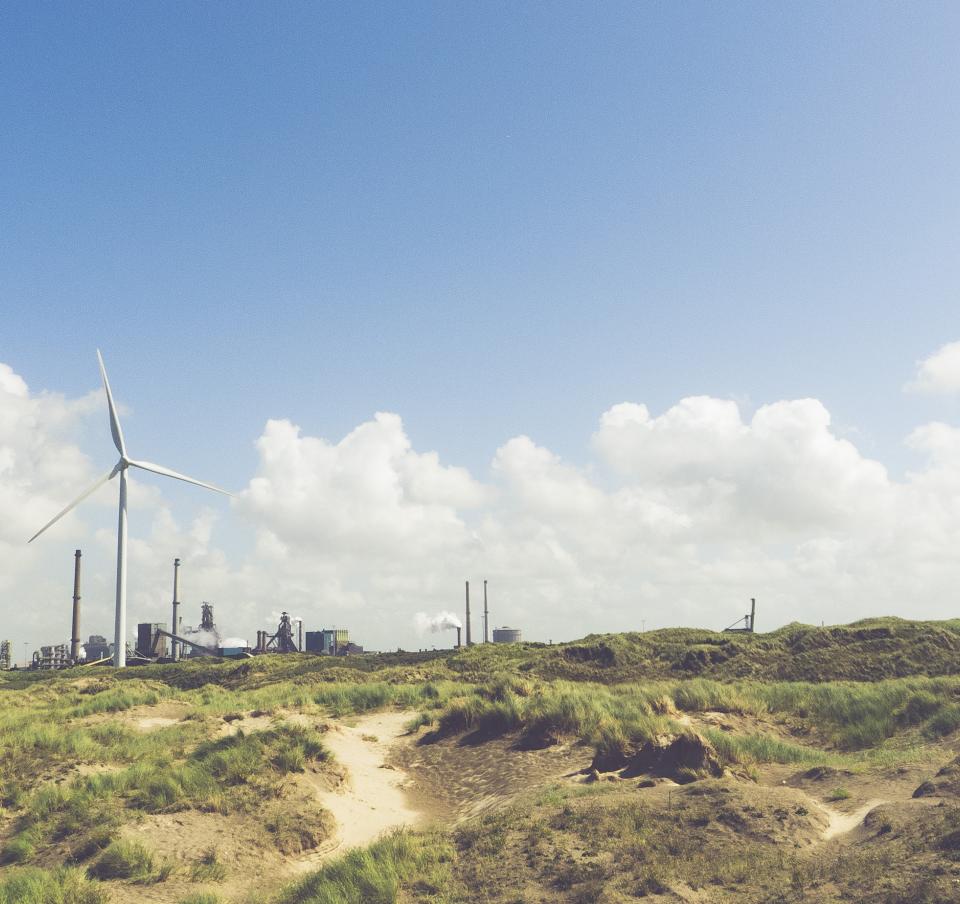In my last blog I referred to the stark warnings in the latest Intergovernmental Panel on Climate Change (IPCC) report on global warming and how Tata Steel has driven sustainability in the automotive value chain. This time I want to set out further the challenges facing the automotive value chain and Tata Steel’s response to these.
Carbon performance & circularity in the automotive supply chain
Pressure to meet climate change targets is only going to increase. While the original target of 20% reduction (vs 1990 levels) by 2020 is likely to be achieved in the EU, with legislation in place to achieve a target of 40% reduction by 2030, the IPCC report has shown that current Global targets are inadequate to limit temperature rise to the original 1.5°C target.
It is future generations that are going to have to live with the consequences and we already see children protesting at school gates to force action on climate change. Major change is needed, so what are the specific challenges for the automotive value chain?
Challenges for the automotive supply chain
Corporate reputation promotes a sustainability approach, driven by the industry itself, but also by stakeholders such as governments, pressure groups, investors and customers. Focus has now moved from tail pipe emissions to wider sustainability issues.
Across the automotive supply chain, we expect due diligence to be in place to avoid human rights violation or environmental risk in the supply chain such as inadvertent use of conflict minerals or child labour. All of us throughout the supply chain are acting to mitigate climate change by reducing CO2 emissions and we expect our supply chain partners to do the same. We are all also focused on the responsible use of resources, including recycling, recovery & re-use of products, by-products and materials at the end of life.
What is of greatest importance is that a full life cycle approach is taken, to avoid poor decision-making in the supply chain.
Challenges for the steel industry
So what does this mean for the steel industry as a main supplier to the automotive industry ? For steel, migration to CO2 -neutral manufacture is needed to support the value chain - against a backdrop of increasing global steel demand - putting particular pressure on the requirement for primary steel production to become carbon neutral.
To minimise waste and conserve resources, greater focus on recycling is often raised as the solution. Automotive steel recycling rates already exceed 95%, so almost all automotive steel is collected and re-processed in to new steel products. Zinc-coated scrap is re-processed in the Electric Arc Furnace (EAF) steel-making process because zinc is detrimental in the Basic oxygen steel-making (BOS) steel-making process. Overall scrap contents of 50-100% can be charged into the EAF, and 15-20% in the BOS process. One of the key challenges for the steel industry is therefore to increase the scrap content consumed in primary steel-making, ideally without restriction on whether it is zinc coated or not. This will also enhance the recovery and recycling of zinc
Steel is already strongly integrated into the circular economy
Steel has excellent sustainability credentials. Steel is 100% recyclable and as noted above automotive steel recycling rates exceed 95%. The steel production process generates very little waste with 97.6% of raw materials used for steel-making are converted to steel or useful by-products.
Next generation sustainability thinking
To migrate to sustainable, carbon-neutral steel production, significant innovation and technological development will be needed. Working through the potential technological solutions and how best to integrate these is very exciting. What's now clear to me is that no single technology will be the solution, rather a carefully balanced portfolio of technologies. To achieve carbon-neutral steel-making, optimum re-use of by-products either within the process or as input materials to partner companies’ processes will be critical.
Though ambitious, carbon-neutral steel-making is actually a very realistic goal, that needs to be approached step by step.
>> Return to the main Automotive blogs page




































































































































































































































